The Institute of Medicine has a 2011 publication that I thought was fascinating– Patient-Clinician Communication: Basic Principles and Expectations (PDF). I love the rationale for specifically looking at this issue:
“Consistent and effective communication between patient and clinician has been associated in studies not only with improved patient satisfaction and safety, but also ultimately with better health outcomes, and often with lower costs. Breakdowns of communication, or disregard for patient understanding, context, and preferences, have been cited as contributors to health care disparities and other counterproductive variations in health care utilization rates. Moreover, professional ethics in health care stress the intrinsic importance of respectful and effective communication as a core aspect of informed consent and a trusting relationship.” (p. 1, emphasis mine)
They lay out a basic framework that is detailed in the publication, but the overview looks like this:
Expectations
1. Mutual respect
–Each patient (or agent) and clinician engaged as full decision-making partners.
–Respect for the special insights that each brings to solving the problem at hand.
2. Harmonized goals
–Common understanding of and agreement on the care plan.
3. A supportive environment
–A nurturing and secure services environment.
–A nurturing and secure decision climate.
4. Appropriate decision partners
–Clinicians, or clinician teams, with skills appropriate to patient circumstances.
–Assurances of competence and understanding by patient or agent of the patient
5. The right information
–Best available evidence at hand, choices and trade-offs thoroughly discussed.
–Presentation by patient of relevant perceptions, symptoms, personal practices.
6. Transparency and full disclosure
–Candid and explicit acknowledgement to patient of limits in science and system.
–Patient openness to clinician on all relevant circumstances, preferences, medical history.
7. Continuous learning
–Effective approach established for regular feedback on progress.
–Established periodicity for course assessment and alteration as necessary.

2 replies on “Patient-Clinician Communication: Basic Principles and Expectations”
What a great post today Jen…. so in alignment with the values and ethics we embrace in this field…. will be including this in our upcoming SANE training.
Excellent–I love that:)